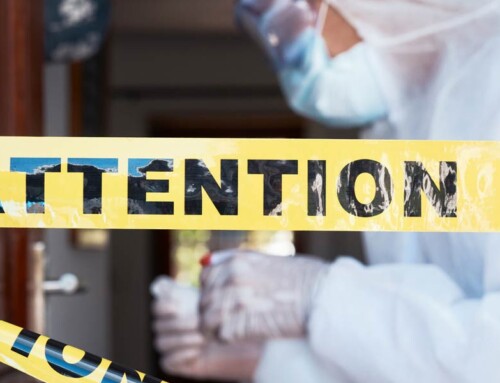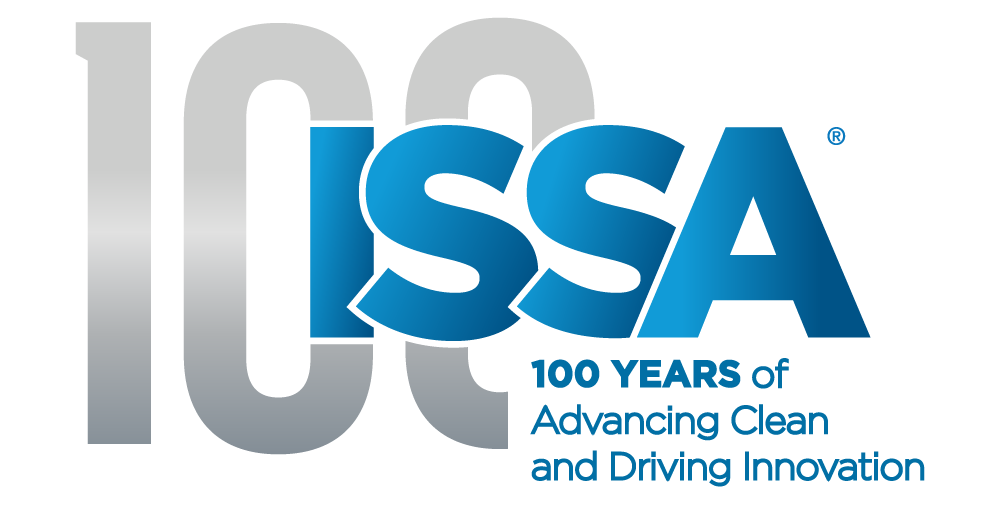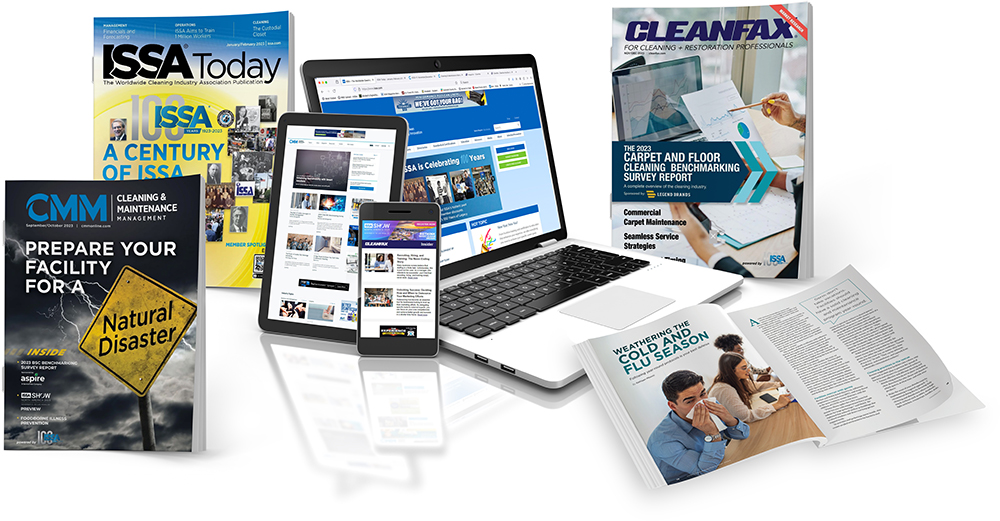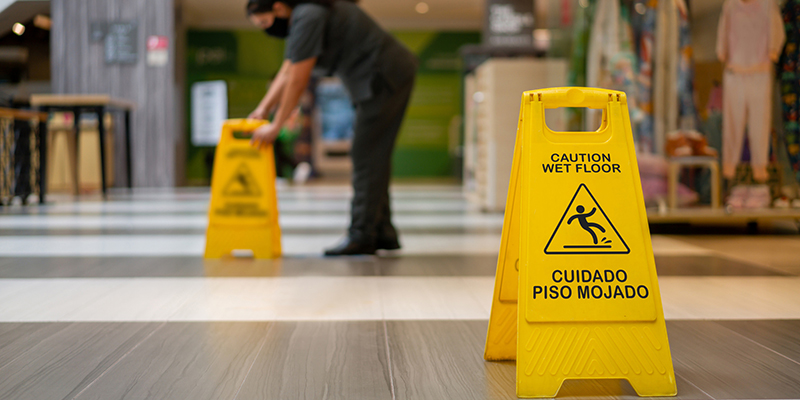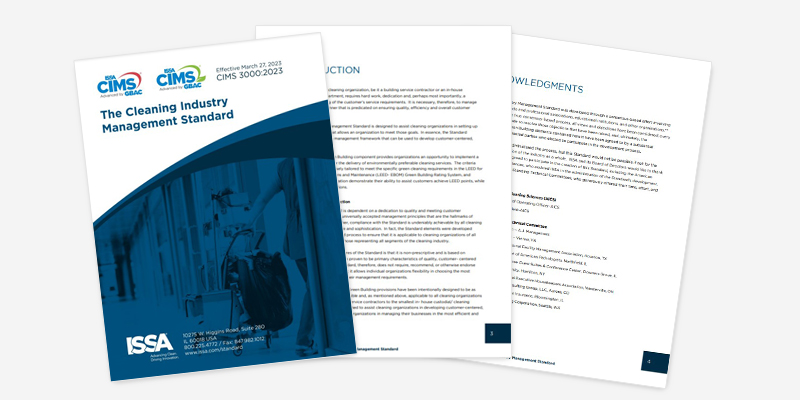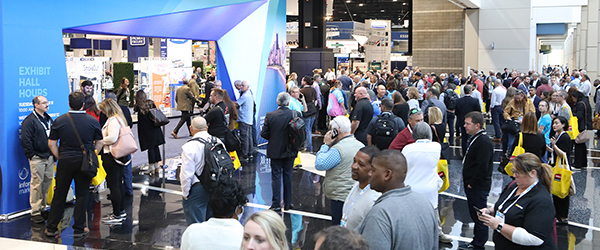Stopping Transmission at the Surface
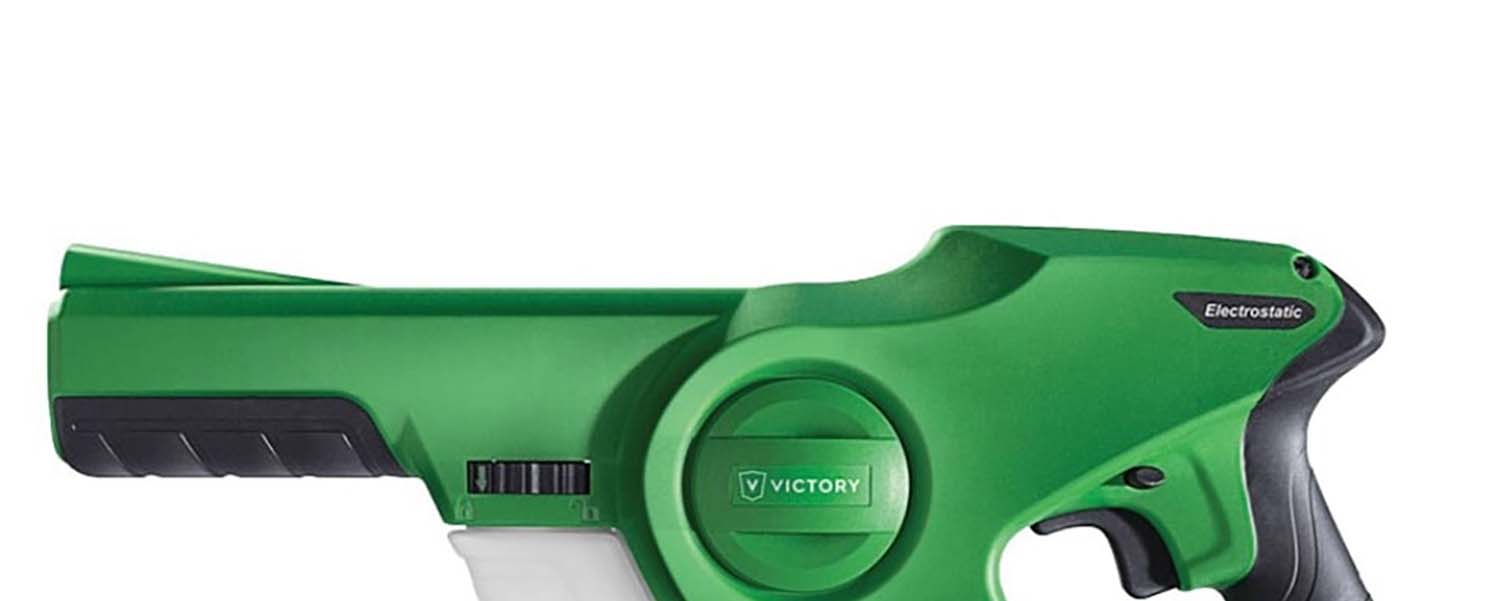
While infection prevention is a top-of-mind initiative for most businesses, organizations, and public facilities, there is still an unmet need for ensuring public health and safety through improved cleaning protocols. Some operate under the misconception that if a surface looks clean, it is free of germs. But a surface that “looks” clean just doesn’t cut it.
Know what you’re up against
According to the U.S. Center for Disease Control and Prevention (CDC), as few as 18 invisible viral particles can make you sick. To put things in perspective, about 18,000 viral particles can comfortably sit on the tip of a pencil. Knowing that, it can be hard to imagine the sheer number of viral particles that may be resting under the lip of a counter or even on an airplane seat. Some pathogens can also survive on surfaces for several weeks or months, causing a continuous source of transmission if proper cleaning and disinfecting steps are not taken.
Keyboards, office phones, faucets, water fountains, door handles, and elevator panels are just a few examples of common high-touch surfaces that often play host to these illness-causing contaminants. And while pathogens like the flu virus are relatively susceptible to basic disinfecting solutions, stronger viruses, bacteria and fungi will require more powerful solutions. That’s why it’s crucial to know the differences between cleaning, sanitizing and disinfecting, as well as understand the outcome of each method before setting your own protocol.
Understanding the difference in “clean”
The act of cleaning removes visible soil, stains, debris, microorganisms, and organic substances from surfaces using soap and water. The process of cleaning does not kill germs but may reduce their numbers. Typically, surfaces require cleaning to remove impurities before they can be disinfected or sanitized. This is because the presence of dirt and other organic substances can decrease the effectiveness of your sanitizer or disinfectant.
Sanitizing uses either heat, ultraviolet light radiation, or all-purpose cleaners to kill or reduce the number of bacteria present on surfaces to levels that are deemed safe by public health safety standards — helping to decrease the risk of infection. And while sanitizing can eliminate up to 99.9% of bacteria, it may not destroy viruses or fungi.
The process of disinfecting uses chemicals to eliminate up to 99.999% of germs and disease-causing pathogens (with the exception of bacterial spores) on hard, non-porous surfaces and objects. A wide range of devices can be used to distribute disinfectants onto surfaces, including wipes, spray bottles, foggers, and electrostatic sprayers. There are also several grades of chemical disinfectants, all differing in their application and effectiveness:
- Low-Level Disinfectant — Kills almost all vegetative bacteria as well as some viruses and fungi, but not bacterial spores.
- High-Level Disinfectant — Eliminates all microorganisms except for small numbers of bacterial spores. It’s only capable of killing bacterial spores when used in adequate concentration under suitable conditions.
- Hospital-Grade Disinfectant — Approved by the S. Environmental Protection Agency (EPA) for use in hospitals and other medical facilities. Destroys viruses and fungi as well as many known infection- and disease-causing bacteria.
Keep in mind, hospital-grade disinfecting is not needed in every case. But it is recommended that you establish a consistent disinfecting protocol to help minimize the spread of most common illnesses. Make sure to visit the CDC website for disinfecting best practices for your space as well as pathogen-specific control.
Disinfecting with electrostatic sprayers
Electrostatic sprayers can be used to apply disinfectants in a wide range of spaces, including schools, airports, athletic facilities, clinics, restaurants, and offices. Most surfaces in these spaces have a neutral or negative charge. And because opposites attract, electrostatic sprayers give disinfectants a positive charge so that they seek out and cling to the neutral or negatively-charged surfaces they’re sprayed upon. The positively-charged disinfecting solution particles also repel each other like magnets—spreading out evenly across sprayed surfaces, wrapping around curves, and reaching into corners and crevices with little effort.
Electrostatic sprayers are also easy and efficient to use. Both the handheld sprayer and backpack sprayer are available in cordless models, which allows for effortless maneuvering from room to room. Plus, they can apply disinfecting solutions faster than a traditional hand pump sprayer and use up less solution to cover the same area. As a touchless disinfection method, electrostatic sprayers also dramatically decrease the risk of cross contamination that you often run into with traditional spray-and-wipe methods.
Equip yourself with the right information
There’s a decent amount of misinformation circulating around infection prevention and proper disinfecting practices, so be sure to refer to reputable sources like ISSA when developing your own infection prevention protocols.

